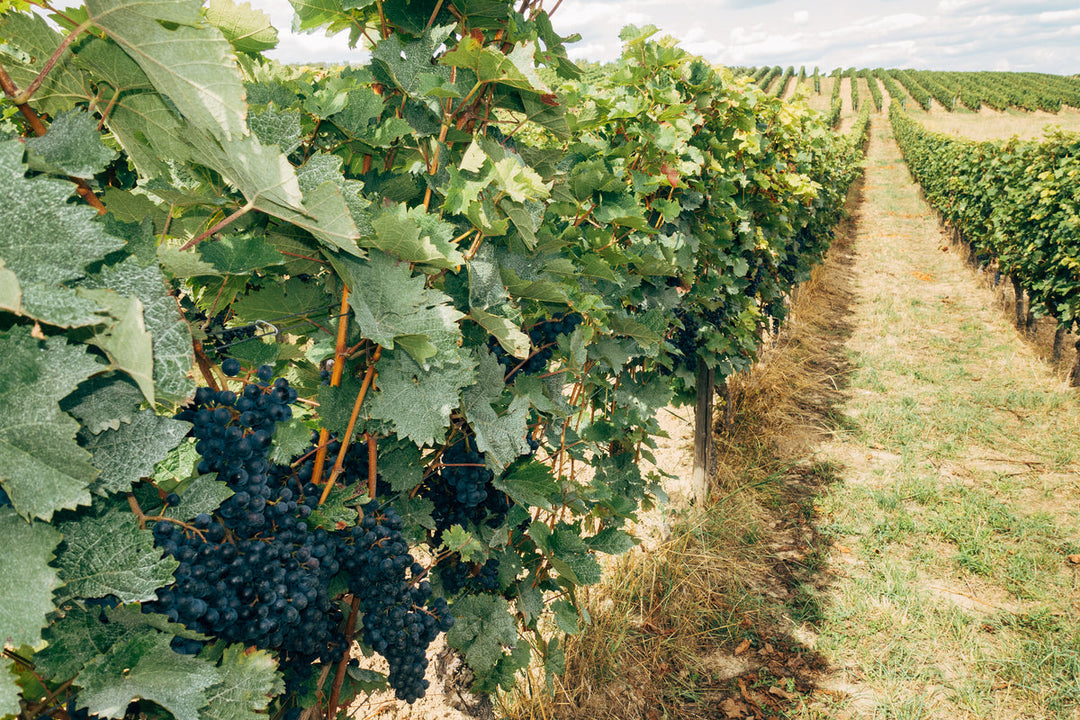
Rosé wine and its history
The history of rosé wine goes back a long way and is characterized by interesting twists and turns. Rosé wine is often considered a kind of hybrid between red and white wine and has a long tradition in various cultures.
Already in ancient Greece and the Roman Empire, rosé wines were made by fermenting the skins of red grapes with the must for a short time. During this time, rosé wine was known as "blush wine" or "clairet" and was valued in various regions of Europe.
Throughout history, rosé wine has played an important role in winemaking. In the Middle Ages, rosé wines were produced and drunk in the monasteries of Europe. The monks were known for their winemaking skills and developed special techniques to produce rosé wines with desired colors and flavor profiles.
An exciting twist in the history of rosé wine took place in the Provence region of France in the 18th century. This is where the trend arose to produce rosé wines from local grape varieties such as Grenache, Cinsault and Mourvèdre. These wines quickly gained international recognition and are still considered the epitome of rosé wine today.
In recent decades, rosé wine has experienced a remarkable renaissance. It became a symbol of freshness, lightness and enjoyment. Rosé wine is particularly popular in the warm summer months and is often enjoyed at outdoor social events, picnics and barbecue parties.
Nowadays there is a wide variety of rosé wines from different growing regions around the world. From bright and light styles to bolder and more intense variants, rosé wines offer a wide range of flavor profiles, ranging from fruity and floral to spicy and mineral.
The history of rosé wine is a fascinating journey through the centuries as this style of wine has evolved and gained prominence.

Rosé wine as a lifestyle drink
Rosé wine has become a lifestyle drink that is associated with fun, relaxation and a feeling of lightness to celebrate the moment.
Rosé wine is ideal as an aperitif, but can also harmonize well with various dishes and cuisines. From light salads and seafood to grilled meats and exotic spices, rosé wine offers a versatility that makes it a popular choice for meals.
In recent years, rosé wine has experienced a real trend. It became a symbol of freshness, joy of life and enjoyment. The inviting color and vibrant aromas have made rosé wine not just suitable for a gorgeous Instagram photo.
Aromatic diversity
Rosé wine surprises with a fascinating aromatic variety, ranging from fruity and floral to spicy and herbal. Here are some of the most common flavors found in rosé wines:

Red fruits: Rosé wines are often characterized by wonderful aromas of red fruits such as strawberries, raspberries, red currants and cherries. These aromas give the wine a tempting sweetness and a fruity freshness.
Citrus: Rosé wines can also feature zesty citrus flavors such as lemon, lime and grapefruit. These citrus notes give the wine a refreshing acidity and an invigorating freshness.
Floral notes: Some rosé wines surprise with subtle floral nuances. Fragrant flowers such as roses, violets and lavender give the wine a romantic and elegant touch.
Herbs and Spices: Spicy and herbal flavors can be present in some rosé wines. Notes of mint, basil, thyme or pink pepper give the wine additional complexity and depth.
Exotic fruits: Some rosé wines also contain exotic fruit flavors such as lychee, passion fruit or melon. These aromas bring a tropical note and a gentle sweetness to the wine.
Minerality: Some rosé wines may have a subtle mineral note reminiscent of wet stones, chalk or sea breeze. These mineral elements give the wine an additional dimension and a certain elegance.
The range of aromas can vary depending on the grape variety, growing region and winemaking method. Every rosé wine has its own personality and distinctive character.
The aromatic diversity of rosé wine allows us to accompany a wide range of dishes. From light appetizers to grilled vegetables to exotic cuisine, rosé wine offers a harmonious complement to various culinary delights.
Variety of styles
Its special feature lies in its seductive elegance, its refreshing lightness and its diverse range of aromas. A glass of rosé wine exudes joy, lightness and a certain playfulness that celebrates life.
It invites you to celebrate the moment and enjoy the little joys in life. Rosé wine is ideal for carefree and sociable occasions. Whether at a picnic in the park, a summer party on the beach or a relaxed evening with friends on the terrace, rosé wine brings a refreshing lightness and a happy mood.
In addition, rosé wine is a wonderful companion for relaxed moments of leisure. Whether reading a book, watching the sunset on the beach or having dinner al fresco, a glass of rosé wine gives a feeling of lightness, serenity and enjoyment.
Rosé wine offers a wide range of flavor profiles, from pale and dry to fruity and off-dry. This means there is something for different preferences and taste preferences.


We are happy to help you so that youyour perfect rosé wine glassfind.

















